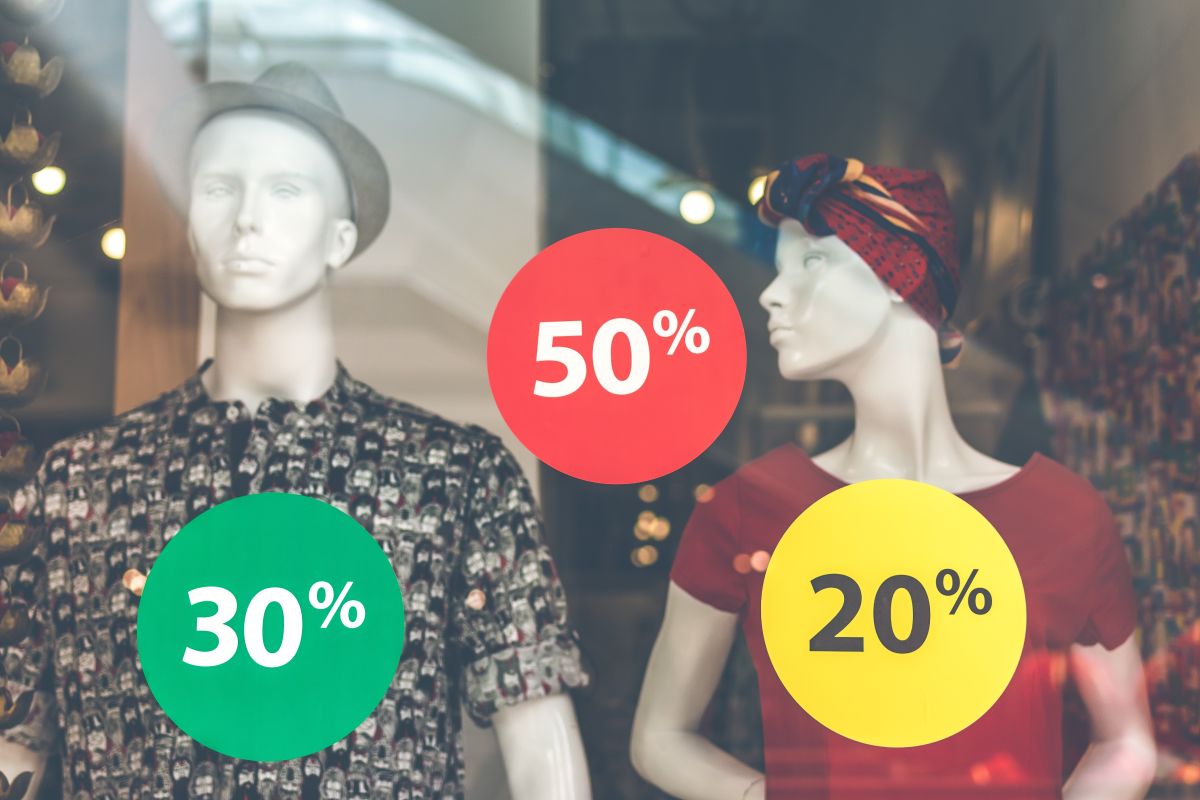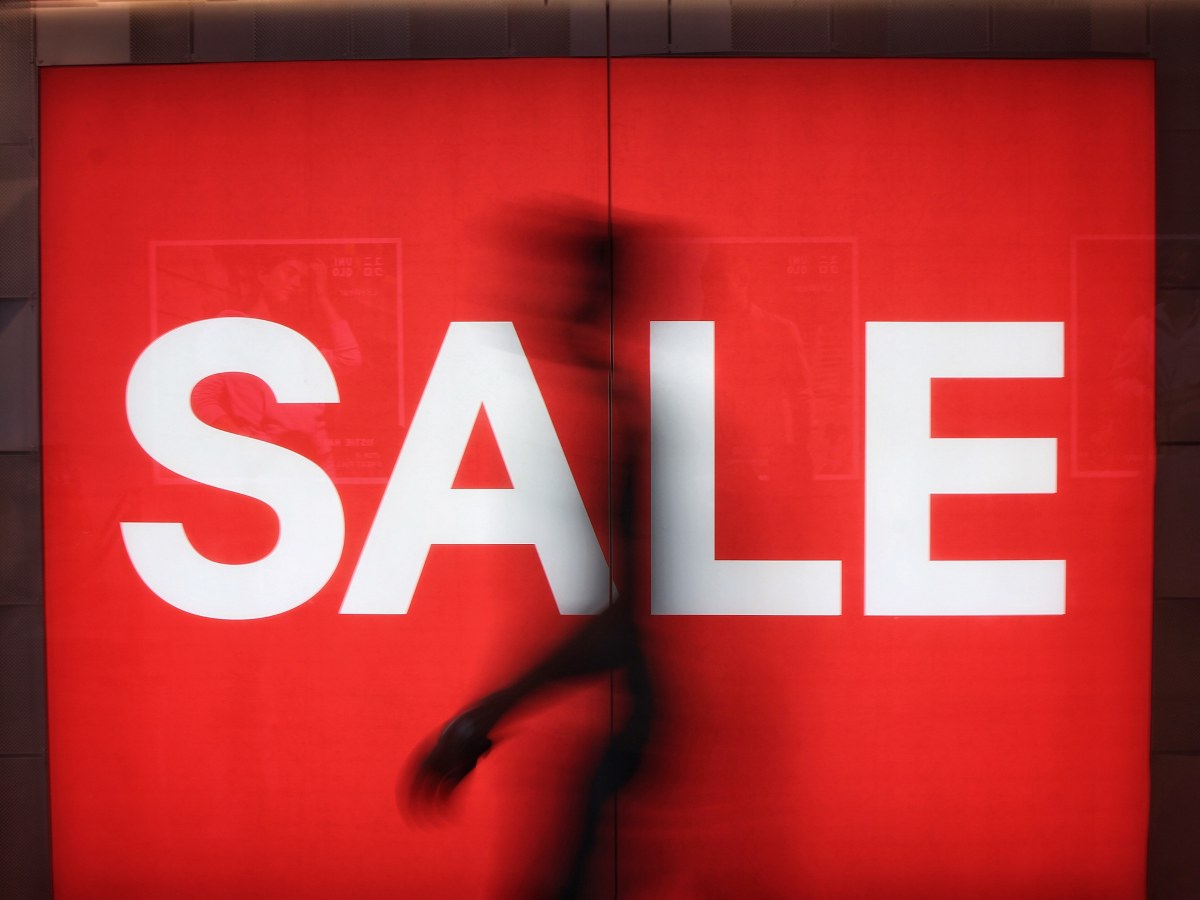How marketers can employ colours to affect customers’ emotions and behaviour. Let’s find out how colours affect consumer buying behaviour.
Almost 93% of people decide whether or not they should make a purchase based on colours. The reason? Humans are visual beings.
>>> This article has been represented in the form of an infographic below <<<
This also explains why people tend to remember 65% of the information available through an image three days later. Comparatively, only 10% of that information is remembered when it is heard rather than seen.
Colours, in particular, have a strong influence on our brains. They help us give out cues, to express, and they enable us to take them in too.
Colours have an influence on feelings. Author Douglas Van Praet said that emotions form the “foundation” of our decisions, not logic.
Hence, savvy marketers have tapped into colour psychology to package or display their products in order to influence customer’s purchase decisions. With 85% of people being influenced by the colour of a product, this makes complete sense.
Let’s dive deeper into how colours nudge and budge our emotions.
Colours and Emotions in Brand Marketing
Different colours incite different responses. Blue makes people trust, green promotes peace, red is for energy, and yellow reflects creativity.
Yellow also hints at youth and happiness which is why Nikon, IMDb, and McDonald’s use it.
Meanwhile, because it represents trust, blue is used by giants such as Nivea, Nokia, Visa, and PayPal.
Black gives off the power which is why Puma, Nike, and Adidas use it.
Meanwhile, purple expresses royalty explaining why Cadbury products are packaged in the catchy hue.
Stats say that 52% of the buyers wouldn’t return to a store if they dislike its aesthetics proving how crucial it is to focus on them.
A deeper dive shows that one colour can stimulate different feelings. For instance, red also triggers powerful emotions and a sense of urgency.
This is why Netflix, Coca Cola, and H&M use it in their logos. Red also triggers appetite which is why several food brands make use of it.
You’d never notice a health facility using a colour such as magenta; the health industry typically employs greens and blues.
But, it’s not just lone colours that matter; the way they are combined decides how the exhibition is going to impact the onlooker.
Related reading: What is Pantone Colour and Why is it Important in Fashion Design?
Stats say that 52% of the buyers wouldn’t return to a store if they dislike its aesthetics proving how crucial it is to focus on them. The effect that colours have on emotions can influence buying behaviour and hence, sales and revenue. This is why taking them into account is a must.
Colours and Gender – Do Men and Women Have Different Preferences?
Like in most matters, both the sexes have differing opinions on colours.
While 23% of women prefer the colour purple, 0% of men do. Fortunately, there’s a conclusion about the most popular colour. Since both men and women are fans of blue, the former by 57% and latter by 35%, it takes the crown.
Next up is green which is preferred by 14% of men as well as 14% of women.
By why is blue such a favourite? Because people associate it with the clear skies, and water – it represents tranquillity.

Talking about the least favourite colours for both genders, males find brown the most uninteresting with 37% against it. On the other hand, women least prefer orange as 33% dislike it.
The second least favourite for men is orange and purple, while for women it’s brown.
How Marketers Use Colours to Affect Buying Behaviour
Research reveals that consumers’ sub-conscious judgment of a product or its environment takes about 90 seconds.
From 62 to 90% of this judgment is based on colours. Colours influence on emotions as they trigger different feelings as discussed above. Therefore, marketers have to use the right colours to help people make the moves they want them to.
Red is used to encourage people to spend impulsively. Ever noticed that the word “sale” often reads in red? This is because it increases the heart rate of a person.

Since yellow showcases creativity, it is used to catch the attention of customers through glass windows.
Blue inspires trust and this why cooperate business hire this colour.
Then comes orange which also encourages impulse buys and shows that the brand is friendly.
Green, because of its link with nature, is used for making buyers feel relaxed in a store meanwhile purple shows the brand as wise.
Using such information that details how customers’ emotion is affected by colours, marketers influence their buying decisions.
How Do Colours Affect the Spending of Buyers?
Colours affect emotions similar to how clothes impact self-confidence. Looking at this impact of colours, marketers leverage colour psychology to bring people to purchase.
Customer associate certain colours to price-related traits. For instance, 26% of people think that orange colour represents a cheap product, and 22% of people find yellow products to be cheaper.

On the flip side, only 1% of folks think that blue and black can be cheap. If the marketer aims to create urgency, he’d use warmer tones like a combo of white, yellow, and red.
Similarly, marketers who want to attract shoppers who prefer staying in their budget would use lighter and cooler shades such as pinks and blues.
Conclusion
Colours have an impact on emotions, which in turn determine purchase decisions. By making use of this knowledge, marketers can build their brand’s identity and sway the decisions of potential buyers in their favour to increase sales.
Author’s Bio:
Emma is passionate about writing and loves to share her thoughts with the world. She has written many articles on yoga, fitness, wellness, remedies, and beauty. She keeps herself updated by going through interesting blogs every day. This fuels her passion and motivates her to write appealing and engaging articles. She is a regular contributor to ClothingRIC and a few others.
Do you know, “In how many varieties, colours and sizes should you launch your brand“? Read now!




